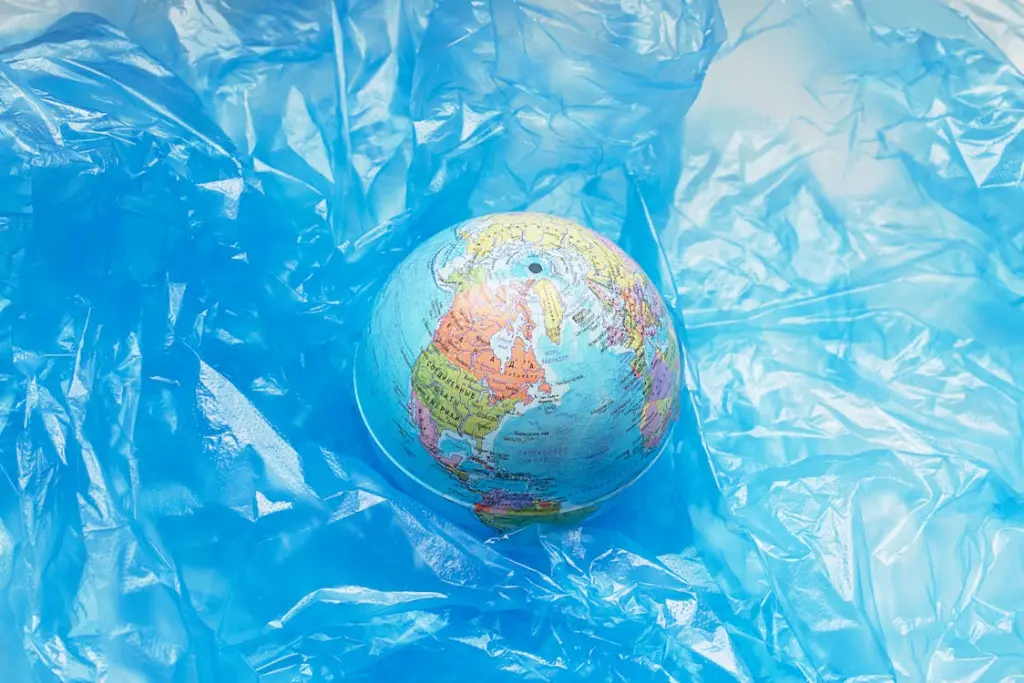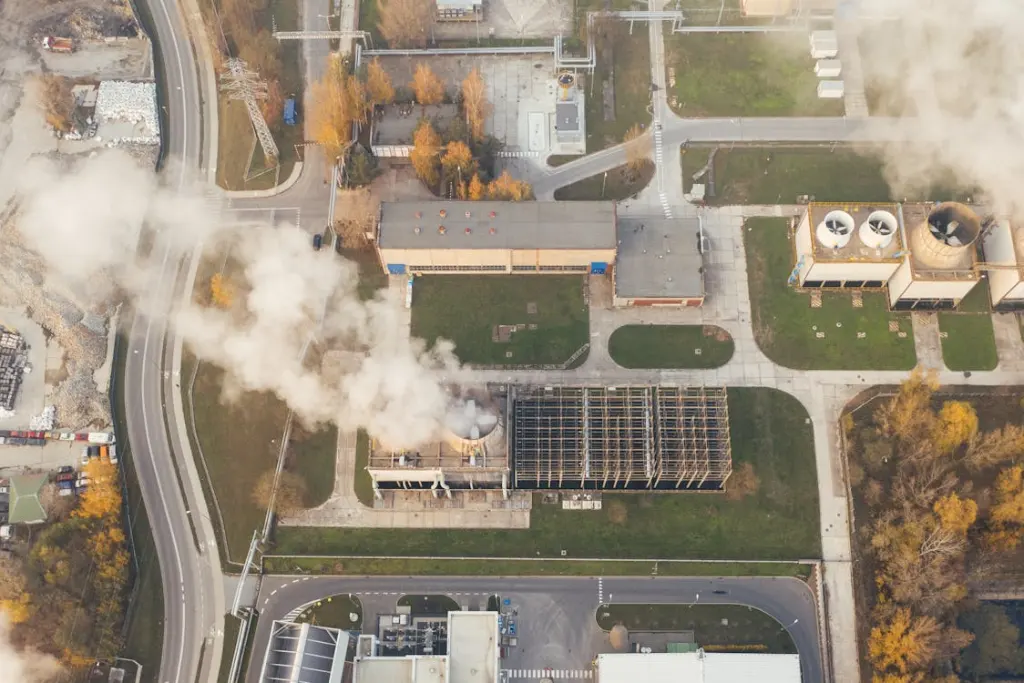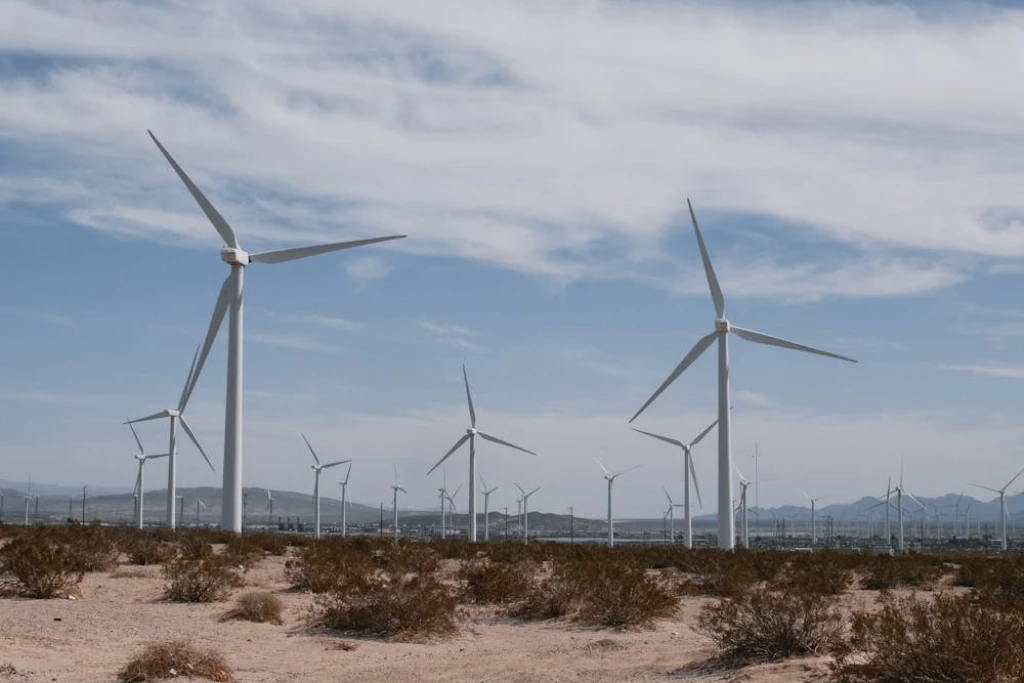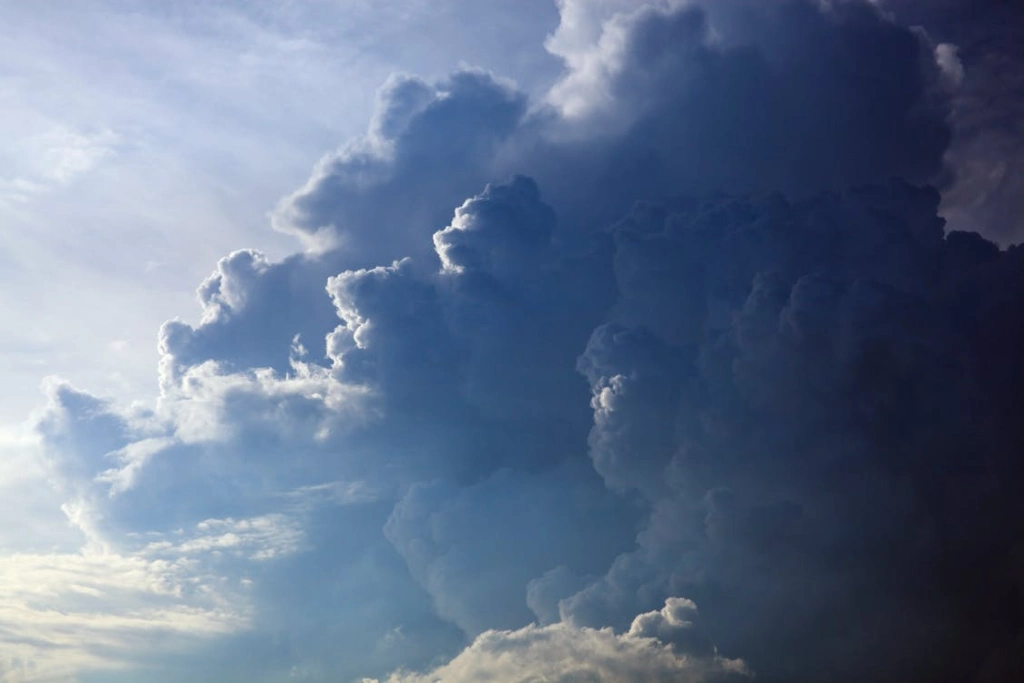Climate change is a current reality that is now drastically altering our environment; it is no longer a threat from the future.Rising sea levels and changing weather patterns are only two examples of how a warming world is changing ecosystems, economies, and people’s lives. The Earth is changing quickly, with far-reaching effects, and this is not only about hotter summers.
Here’s a closer look at how our globe is changing due to climate change, one system and region at a time.
1. Increasing Temperatures Worldwide
The average surface temperature of the Earth has increased by almost 1.2°C (2.2°F) since the late 1800s.Even while it might not seem like much, it has a big impact on natural systems.
Public health is at risk due to the increasing frequency and severity of heatwaves.
Longer droughts are depleting water supplies, farmlands, and ecosystems.
Sea levels are rising more quickly as a result of the record-breaking rates at which glaciers and polar ice are melting.
2. Melting Ice And Rising Seas
Two to three times as quickly as the rest of the world, the arctic areas are warming.As glaciers retreat across mountain ranges and ice sheets melt in Greenland and Antarctica, we are witnessing:
A continuous rise in sea levels worldwide, endangering island nations and low-lying coastal communities.
Increased coastal erosion and flooding that harms farms, residences, and infrastructure.
Millions of people who live close to coastlines are displaced, causing new waves of climate migration.
3. More Extreme Weather
More energy in the atmosphere and more intense weather occurrences are caused by a warmer planet:
Warmer ocean temperatures are making hurricanes and typhoons more potent and destructive.
Due to extended droughts and dry vegetation, wildfires are becoming more intense in places like California, Australia, and the Mediterranean
While some regions face water constraint, other places are seeing an increase in heavy rainfall and flooding.
Climate change is boosting extremes rather than merely altering averages.
4. Dangers To The Security Of Food And Water
Climate has a significant impact on agriculture. Changing growth seasons, erratic rainfall, and rising temperatures are:
Crop yields are declining globally in several regions.
Putting cattle under stress and raising the possibility of food shortages
freshwater supply depletion, especially in arid and semi-arid areas
The hardest-hit communities are those with fewer resources and a greater reliance on agriculture.
5. Wildlife And Ecosystems Are Disrupted
Many plants and animals are finding it difficult to adapt as temperatures rise and ecosystems change.The effects of climate change include:
Migration of species occurs when animals relocate to higher elevations or colder climates.
biodiversity loss, particularly in delicate environments like rainforests and coral reefs
Excess CO₂ causes ocean acidification, which damages marine life including coral and shellfish.
Because of the speed at which the world is changing, entire ecosystems could collapse.
6. Vulnerability In Urban Areas
Cities are especially susceptible to the effects of climate change.The “urban heat island” effect, in which heat is absorbed and retained by concrete and asphalt, is frequently observed in urban settings.
Heat and pollutants exacerbate poor air quality.
Buildings, bridges, and highways are all under stress from severe weather.
Climate stress puts vulnerable communities at risk for both health and economic problems, particularly in developing nations.
Planning for climate resilience is increasingly becoming a need rather than a luxury.
7. Danger To Human Health
There is a public health crisis associated with the climate catastrophe. Increased heat and disturbed surroundings are causing:
Heat-related diseases and fatalities
Diseases like dengue and malaria are spreading more widely as a result of changing mosquito habitats.
Increased air pollution, deteriorating respiratory and asthma symptoms
Effects on mental health, such as anxiety and trauma associated with displacement and natural catastrophes
8. Economic And Geopolitical Changes
Global power dynamics shift in tandem with climate change:
Conflicts and relocation may be exacerbated by a lack of food and water.
The financial toll of climate-related catastrophes is rapidly increasing.
Adapting and investing in green innovation could give nations a competitive edge in the new low-carbon economy.
Global systems are being reshaped by climate change, which is more than just an environmental problem.
Conclusion: A Planet Under Transition
Climate change is a current phenomenon that is changing the globe in front of our very eyes, not some distant potential.Everything is interconnected, including the ground beneath our feet and the air we breathe.These changes could become more drastic and irreversible the longer we put off taking action.
However, we still have an option. We can advocate for solutions—clean energy, sustainable practices, international cooperation—that help preserve the world for present and future generations if we know what is occurring and why.




